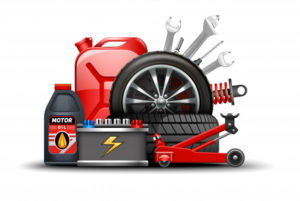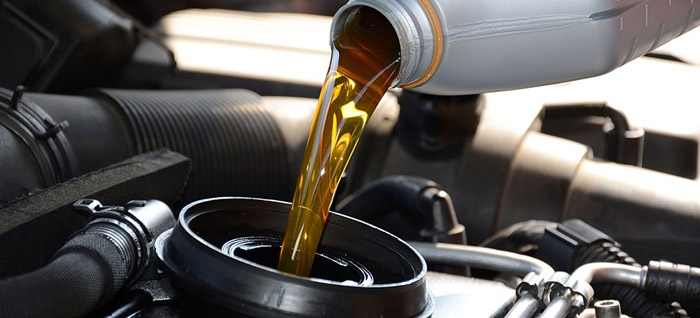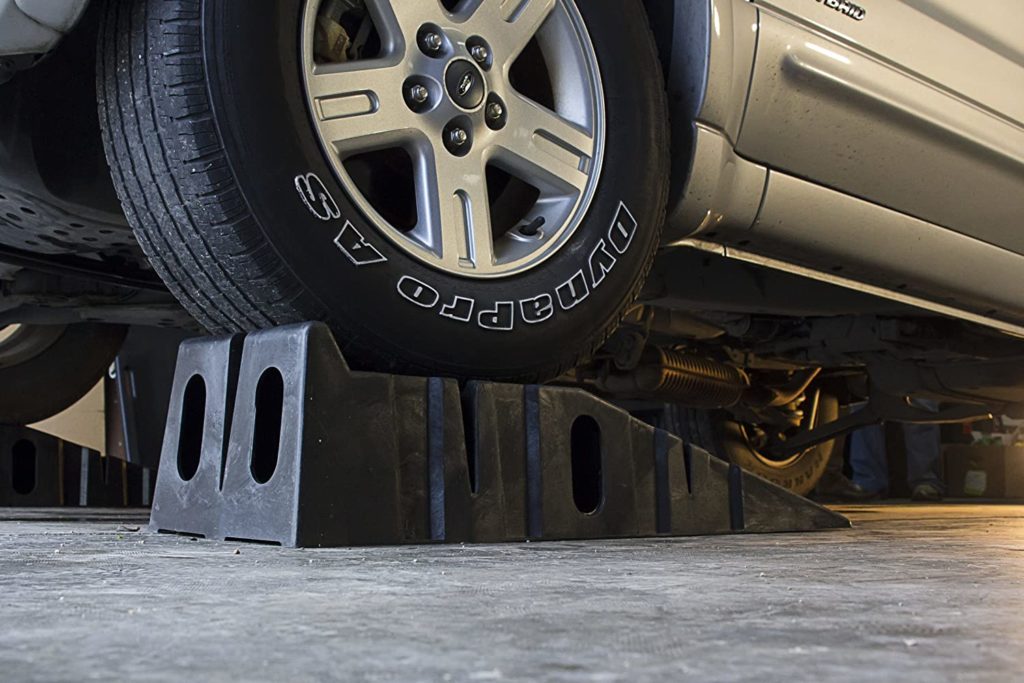No matter what kind of car you drive, it is a good idea to learn as much as you can about how it works to ensure the Car lasts as long as possible. Cash4Clunkers.org helps people get rid of old, junky cars, but why not take some precautionary steps to ensure your car lasts as long as possible!
Understanding what makes the car run can make it easier to spot problems early -when they are easier and less costly to repair.
Learning how-to perform simple maintenance can give you even more confidence and allow you to know when something is not quite right.

Changing your own oil can be a good exercise, and an even better way to spot potential problems Oil is the lifeblood of your engine, and the condition of the oil can tell you a great deal about the mechanical soundness of the vehicle.
Dirty or discolored oil can be an early warning sign of engine problems – and a reason to make an appointment with your mechanic.
If you have never changed your own oil before, you might think that the process is simply too daunting.
That is not the case, however.
With a few simple tools and some preparation, you can change your own oil and save a lot of money in the process.

What You Will Need
As with any vehicle maintenance, it is important to gather the right supplies before you attempt to change your own oil.
Changing the oil in your car is not difficult, but you will need the right tools and supplies on hand.
You will need to make sure the following items are available before you change your oil:
- Oil Drain Pan
- Oil Filter Wrench
- Sturdy Ramps
How to Change Your Oil
Place a sturdy metal ramp in front of each front tire. You can buy these ramps at most auto supply stores, and they look similar to this:

After your car is up on the ramp, pull the Emergency brake, turn off the Vehicle and lets get ready to change the oil!
Here's some basic Steps on how to Change your Oil.
*Note: These will differ from Car to Car, please refer to your owners manual for Exact procedures before you continue!
- Remove the cap from the oil filler hole on the engine block. This is where you add oil when it runs low. Set the cap aside in a safe place.
- Carefully pull the car forward until each of the front tires is resting securely on top of the ramps
- Locate the drain plug at the bottom of the engine. The drain plug should be located near the oil pan. Refer to the service manual for your vehicle for the exact location.
- Place the oil drain container under the vehicle and position it so it will catch the used oil once the plug is removed. Wrap your hand in a rag or towel, then carefully unscrew the drain plug. Be ready to move your hand away quickly once the oil begins to flow.
- Twist the oil filter counterclockwise to loosen it. Use an oil filter wrench if the filter cannot be moved by hand. Carefully remove the oil filter, holding it so that the oil does not leak on to the ground. Place the used filter in the oil drain pan.
- Open a new container of oil and coat your finger with the oil. Use that oil to coat the gasket at the top of the new filter.
- Put the oil filter in place and turn it clockwise to tighten it. Keep turning the filter until it seats, then give it another three-quarter turn to ensure it is tight enough.
- Clean the area around the drain plug with a rag or towel. Screw the drain plug back in and make sure it is tight.
- Place a funnel in the oil filler hole and carefully pour all put one quart of the new oil into the hole. Pour the oil slowly to avoid overfilling or spillage.
- Replace the filler cap and turn the engine on. Allow the engine to run for 30 to 60 seconds, check the area around the drain plug for leaks and reseat the plug if necessary. Wipe the entire area to remove any excess oil
- Turn the engine off and let it sit for at least 5 to 10 minutes. Check the oil level and top it off as needed. Keep adding oil until the level on the dipstick indicates full.
- Carefully pull the car off the ramps and put them aside for the next time. Recheck the oil level in another
10 to 15 minutes and add additional oil if needed.
Again, these are the basic steps to changing the oil on your Used Car – We highly suggest you read your owners manual before attempting to change your oil – they will have specific oil change parameters, the Correct oil to use and Filter as well!
Keeping your Car running smoothly will help you keep the car as long as possible – If for some reason the car no long runs or you would like to Donate it for a good cause, Cash4Clunkers.org is happy to assist!
